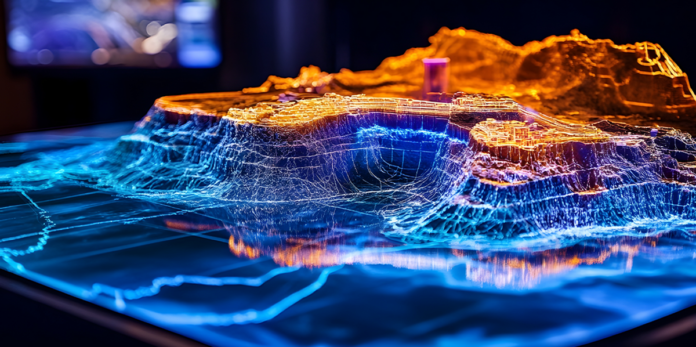Introduction to Mineral Exploration
Mineral exploration is one of the riskiest and most capital-intensive phases of the mining lifecycle. The process has traditionally relied heavily on historical geological records, field surveys, and extensive drilling, often with low success rates and long time horizons. But a new wave of digital innovation is reshaping the landscape. Artificial intelligence (AI) and advanced data analytics are increasingly at the forefront of a quiet revolution in mining, offering tools that enhance discovery potential, reduce exploration risk, and deliver stronger returns for investors.
The Challenges of Mineral Exploration
Historically, mineral exploration has been marked by high uncertainty and significant financial risk. Companies spend millions of dollars poring over old geological maps, conducting labor-intensive fieldwork, and drilling test holes — all in hopes of finding an economically viable deposit. In fact, industry data suggests that only a tiny fraction of exploration projects — approximately one in a thousand — ever reaches production. This low success rate has often made early-stage mining investments difficult to assess and even harder to justify without deep technical insights or a strong appetite for risk.
Rise of AI in Mineral Exploration
The advent of AI is beginning to change that equation. Modern machine learning models can ingest and process enormous volumes of geological data — from drill results and geochemical assays to satellite imagery and structural maps — and identify patterns that point to high-probability mineral targets. These models are capable of recognizing subtle correlations and anomalies that are invisible to the human eye, allowing exploration teams to focus their efforts with far greater precision.
Big Data and Remote Sensing
The power of AI is amplified when it’s paired with modern remote sensing technologies. Satellite imaging, hyperspectral analysis, and airborne geophysics now allow companies to gather detailed geological information over vast areas — often without setting foot on the ground. These tools produce high-resolution data layers that feed directly into AI models, making them even more accurate and informative. Real-time data processing capabilities also mean that exploration teams can adjust their models and decision-making as new information becomes available.
Case Study: Anteros Metals
Anteros Metals is among an increasing number of forward-looking exploration companies leveraging AI and data science to their full advantage. Rather than relying solely on traditional geological interpretation, the company integrates modern analytical tools into its exploration workflow to accelerate insights and enhance targeting. On its Havens Steady VMS project in Newfoundland, Canada, for instance, Anteros has applied AI-assisted analysis to reinterpret historical geophysical, geochemical, and drill core data. This work produced a synthesized 3D model that highlights several high-priority exploration targets not previously tested by past operators.
Investor Takeaway
For investors, the use of AI in mineral exploration offers several important advantages. By improving targeting and reducing unnecessary drilling, AI lowers the inherent risk in exploration-stage projects. It also accelerates the timeline between initial exploration and resource definition, allowing companies to demonstrate progress and unlock value more quickly. These efficiencies translate into stronger financial performance and better capital stewardship — two key metrics for investors evaluating early-stage mining companies.
Conclusion
The integration of AI and data analytics in mineral exploration is revolutionizing the mining industry. By enhancing discovery potential, reducing exploration risk, and delivering stronger returns for investors, AI is becoming an essential tool for companies looking to stay ahead of the curve. As the industry continues to evolve, it’s likely that we’ll see even more innovative applications of AI and data science in mineral exploration. For investors, this means a more compelling investment story, with stronger financial performance and better capital stewardship. As Anteros Metals CEO Trumbull Fisher noted, "AI is becoming integrated into everybody’s lives, so it only makes sense that it’s integrated into the mining sector as well."

